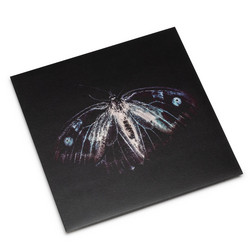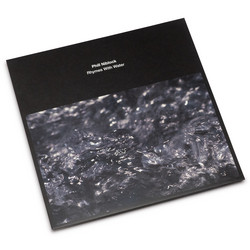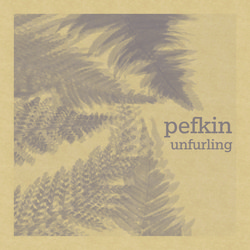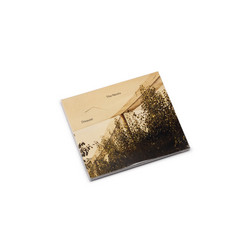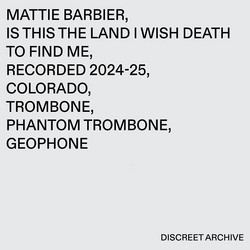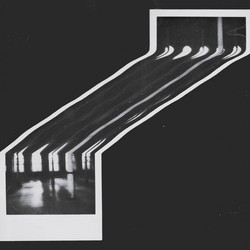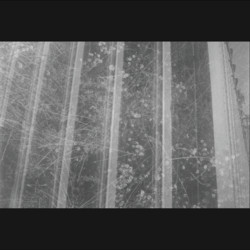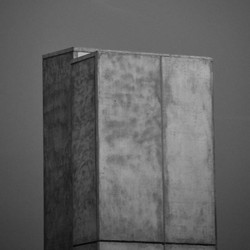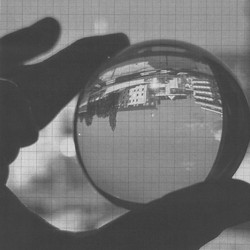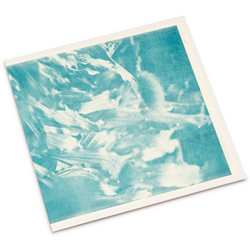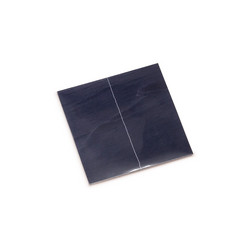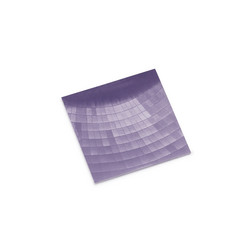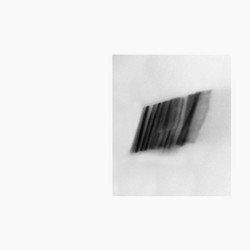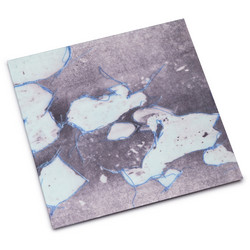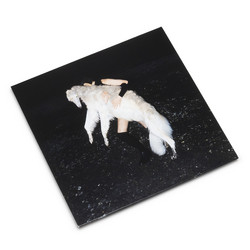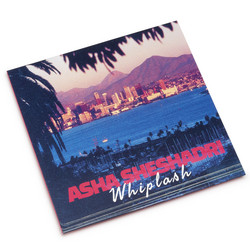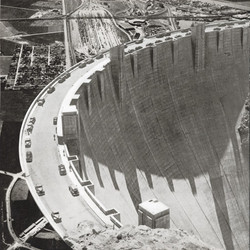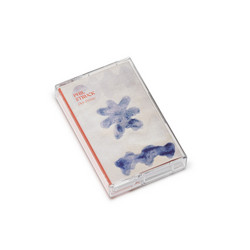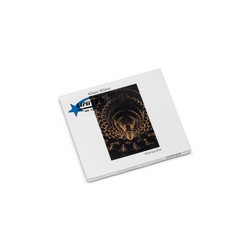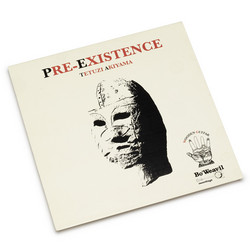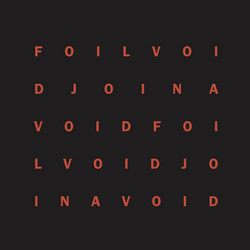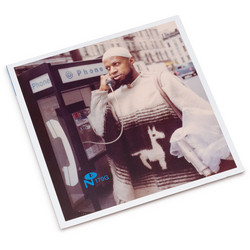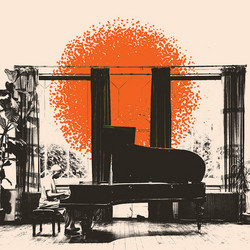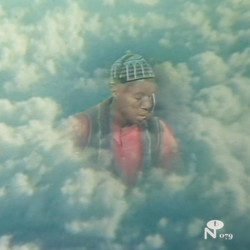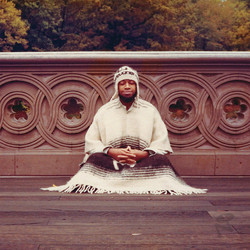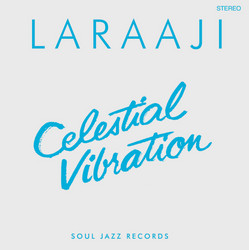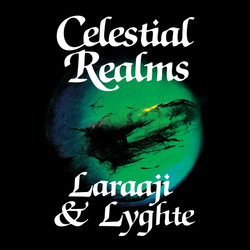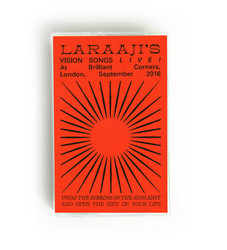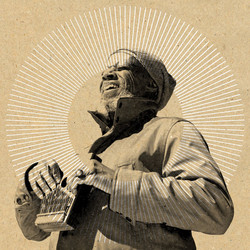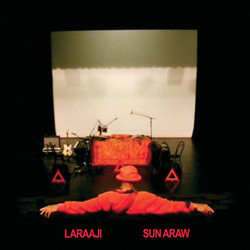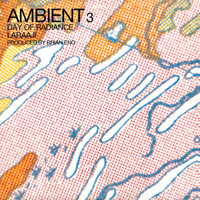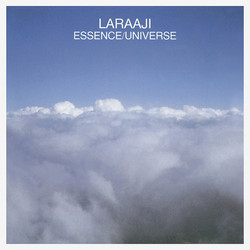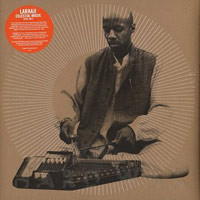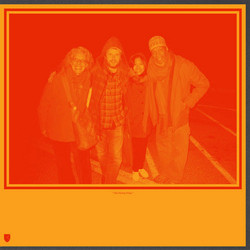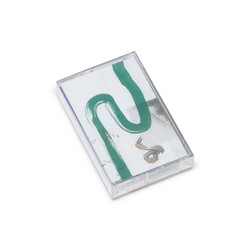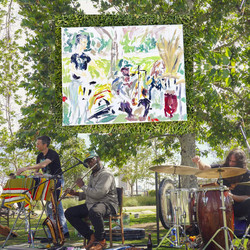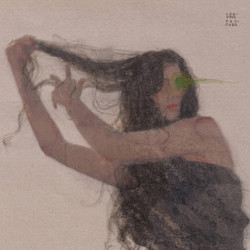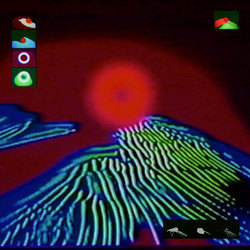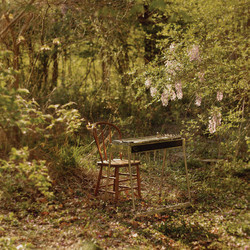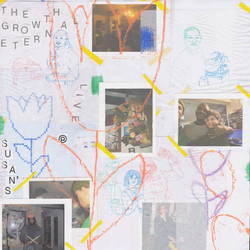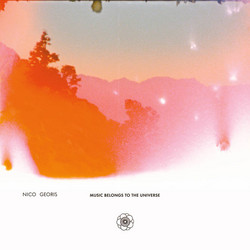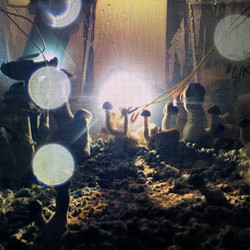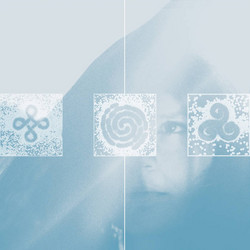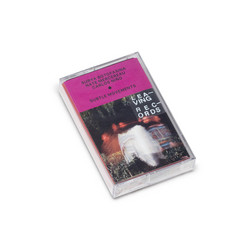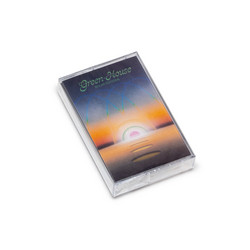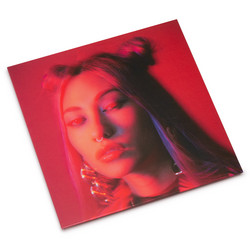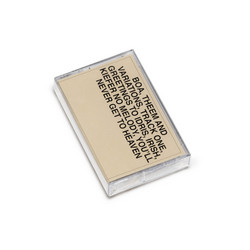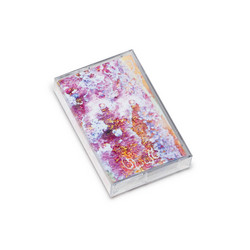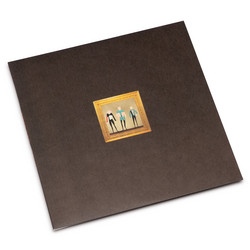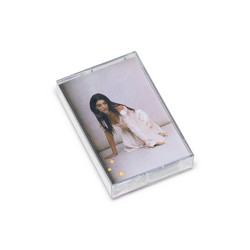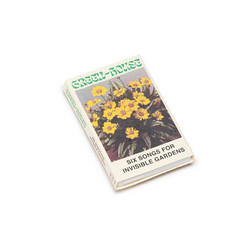Laraaji
All In One Peace (3xTapes Box)
Leaving Records is proud to present, with humble gratitude, three re-issues of seminal works by new age musician, composer, and laughter meditation workshop leader Laraaji. Recorded between 1978 and 1983, these works have not been re-issued in full since their original release. Although some excerpts of the material have been featured on various compilations, this is the first time in over 30 years that one can experience the uninterrupted duration of these cosmic etudes in their complete form. The added length creates an immersive environment of fresh, exploratory, experimental and healing sounds in which to dwell-- these are the proper, entire experiences as intended by their creator.
1978's Lotus Collage was recorded live in a Park Slope, Brooklyn living room during Laraaji's busker years. The sounds consist of freestyle electric open tuned zither/harp, Ecstatic Rhythmic hammer percussion, and free flow open hand ethereal moods. This recording crucially predates Laraaji's now mythological "discovery" by Brian Eno, and is significant as one of Laraaji's first electric zither recordings. This early recording captures a youthful Laraaji at the outset of his musical journey, still ripe for discovery, exploration, and transcendence. 1981's Unicorns in Paradise was performed on electric keyboard Casiotone MT-70, and once again features Laraaji's iconic zither in a flowing atmospheric improvisation. Laraaji describes its sonic environs as "an ideal habitat in another dimension of timelessness." Many years later, this description holds true as its vibrant sounds inspire sensual reflections of the excited imagination. The final re-issue consists of two parts. Its first side, "Trance Celestial," is a glowing, amorphous survey of muted and malleable electric sounds. Its uncharacteristically dark atmospheres nevertheless still paint a surreal atmosphere for self-reflection. Much beauty and inner-wisdom can be found in the depths of its inward trajectory. In contrast, the title track is a guided meditation full of light and optimism. Its spoken word segments and patient arrangements illustrate a constructive framework for enjoying the whole of Laraaji's extensive catalog.
Originally, these releases were hand-made and dubbed to cassette by Laraaji himself. Of the process, he says "I felt like I was distributing artwork. As a matter of fact, for some of the cassettes I actually did some extra handwork on the label, doing a screen print or magic marker to add some color. So there was a sense of how to be an industry homemade artist direct-to-consumer feeling in the early years. People would ask for cassette tapes of an issue that I had not mass produced. So, now and then I’ll run into somebody who has a cassette tape... I’ll look at it and say, 'Oh Wow, hand-made label, J-card and HEART.'"
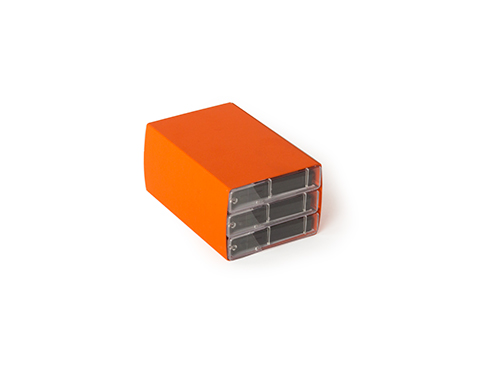
Available on both cassette and digital, these re-issues offer Laraaji's early music in both its original form and a form that did not exist at the time of its recording. Regarding this parallel, Laraaji reflects, "Having the music move in dimensions I didn’t predict... It feels like an extended blessing."
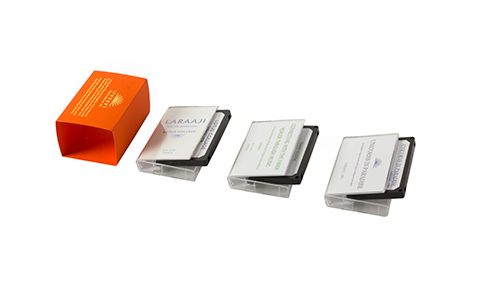
Edition of 150
Cassette 1, Side 1, taken from Rythm and Bliss 1982.
Cassette 1, Side 2, Recorded live at the South East Spiritual Conferences (SESC) in Greensboro, North Carolina, 1983.
Connecting with the Inner Healer Through Music, 1983. (Tracks #5-10; 1 hr, 28 min.) Five movements of “Trance Celestial” are from Laraaji’s 1982 self-release Rhythm and Blues. “Connecting with the Inner Healer Through Music” was created as support listening music for a full-day workshop by the same name at South East Spiritual Conferences (SESC) in Greensboro, NC, 1983.
Cassette 2
Lotus Collage, 1978. (Tracks #1-2; 59 min.) Recorded with a freestyle open tuned electric zither and harp. “One of my first home electric zither recordings, recorded live in a Park Slope, Brooklyn living room during my street performer/busker years in the late 1970s.” – Laraaji.
Cassette 3
Unicorns in Paradise, 1981. (Tracks #3-4; 1 hr, 4 min.) Recorded with Casiotone MT-70 electric keyboard and an open tuned zither harp. Described as, “Flowing atmospheric improvisation, inspired by trance imagination; an ideal habitat in another dimension of timelessness.”
